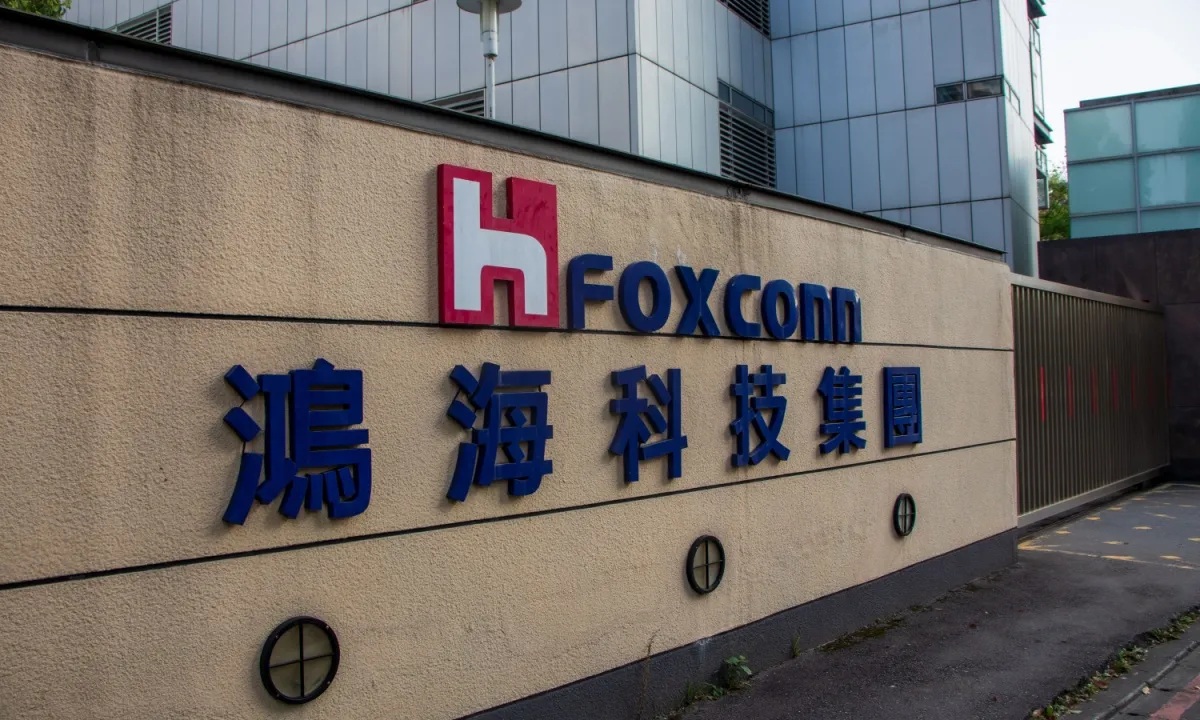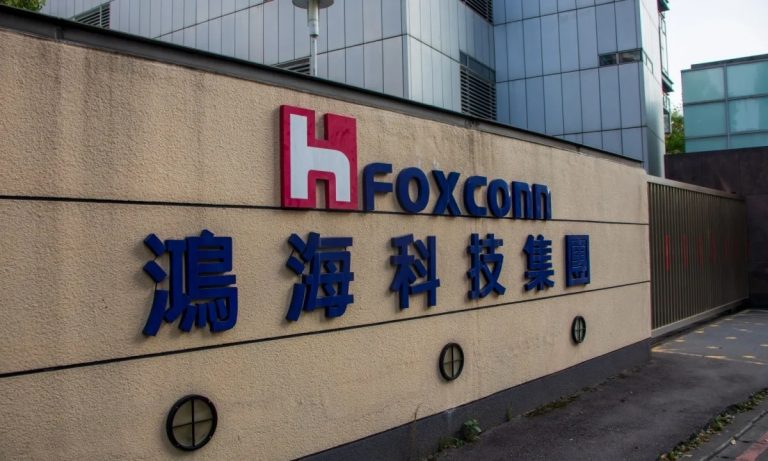Foxconn Reports Record Third-Quarter Revenue on AI Demand, but It’s Below Expectation


Taiwan’s Foxconn, the world’s largest contract electronics manufacturer, has reported record revenue for the third quarter, driven by booming demand for artificial intelligence hardware.
Yet, the company struck a note of caution over exchange rate volatility and the global economic climate.
Foxconn, also known as Hon Hai Precision Industry, said its revenue jumped 11% year-on-year to T$2.057 trillion ($67.71 billion). The performance, while a record high, fell short of market expectations of T$2.134 trillion, according to LSEG SmartEstimate data, which weights predictions from analysts with the strongest track records.
Register for Tekedia Mini-MBA edition 18 (Sep 15 – Dec 6, 2025): registration continues.
Tekedia AI in Business Masterclass opens registrations.
Join Tekedia Capital Syndicate and co-invest in great global startups.
Register for Tekedia AI Lab: From Technical Design to Deployment.
Still, Foxconn said the figures were “better than expected,” noting strong AI-related orders and steady server production for clients like Nvidia and cloud computing firms.
When measured in U.S. dollars, Foxconn’s revenue rose 16.1% from a year earlier, reflecting the Taiwan dollar’s 8% appreciation against the greenback this year—a trend that has cut into export competitiveness for Taiwanese manufacturers.
The company’s cloud and networking products division, which includes AI server components, saw robust revenue growth. However, its smart consumer electronics segment—dominated by iPhone assembly—recorded a slight decline, which Foxconn attributed to adverse currency movements. September revenue alone climbed 14.2% to T$837.1 billion, marking the highest monthly figure in its history.

Foxconn said it expects operations to “maintain sequential quarterly growth” as shipments of AI servers continue to accelerate in the fourth quarter, supported by seasonal demand ahead of major Western holidays. Analysts see the company benefiting from the ongoing buildout of AI data centers globally, which has offset weaker smartphone sales in recent quarters.
But Foxconn’s upbeat AI narrative contrasts with a more cautious view of the broader economy. “The impact of the global political and economic situation and exchange rate fluctuations will need continued close monitoring,” the company said in its statement, hinting at potential disruptions from U.S.-China trade tensions and currency instability.
Stock Performance and Market Outlook
Foxconn’s shares have risen 23% so far this year, outperforming the Taiwan Stock Exchange’s 16% gain. The stock closed up 0.44% on Friday ahead of the revenue announcement, compared to a 1.45% rise in the benchmark index. Analysts say investor enthusiasm remains high for Foxconn’s AI exposure, but caution that volatility in global currencies could weigh on margins if the Taiwan dollar continues to strengthen.

The company, which does not issue forward guidance, is set to release its full third-quarter earnings report on November 12.
However, despite record sales, Foxconn faces a set of emerging risks. Chief among them is exchange rate pressure, as the Taiwan dollar’s appreciation reduces the value of overseas earnings when converted back home. Political tensions in East Asia and tightening export controls from Washington on advanced chip technologies could also impact Foxconn’s ability to source and ship critical components.
Additionally, while AI demand remains strong, it is also cyclical. Analysts warn that a slowdown in hyperscaler spending or a correction in AI chip demand could expose Foxconn’s heavy reliance on a few large customers like Nvidia and Apple. Meanwhile, inflationary pressures and uncertain consumer spending in Western markets may limit growth in its core electronics business this holiday season.
Still, Foxconn’s position as a vital supplier in both AI infrastructure and global consumer electronics leaves it strategically placed to benefit from long-term digital transformation trends, even as short-term risks mount.





